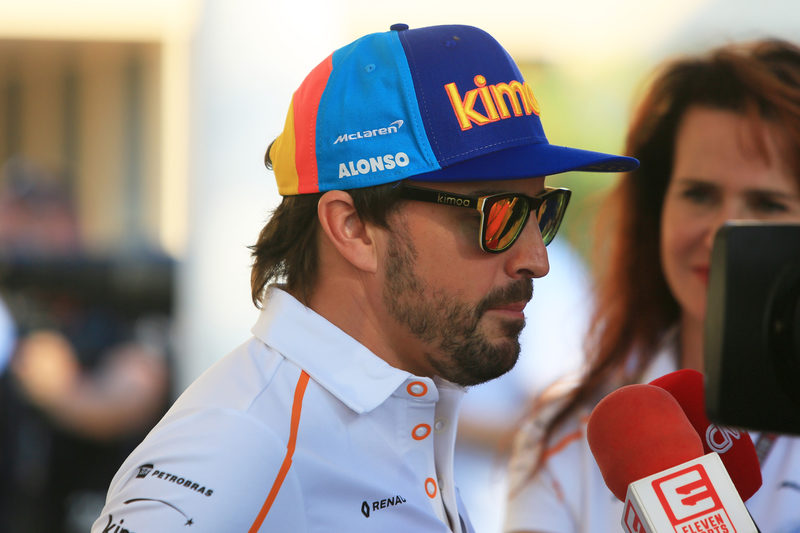Although the season is technically yet to get underway, 2020 nonetheless marks Renault’s fifth season since its return as a fully-fledged works outfit. It is striking that in five years Renault has signed six different drivers and is still yet to field the same driver line-up for two consecutive seasons. During the same period, Haas has signed just three drivers, and this year will race with Romain Grosjean and Kevin Magnussen for the fourth successive season.
To a certain extent, Renault’s high driver turnover is a positive indicator. It represents an ability and a willingness to invest in the best talent available whilst ensuring the incumbents do not become overly complacent. Driver line-ups can become stale and teams that are unwilling to make changes will sacrifice performance as a result. Ferrari, for example, perhaps clung onto Kimi Raikkonen for too long, despite middling performances in his second stint with the Scuderia. Also, as much as Haas’ driver stability is to be applauded, it’s worth asking whether the Grosjean/Magnussen pairing has been successful enough to warrant a fourth season, with the duo having collided on no less than three occasions last year.
There are certainly reasons to maintain some fluidity in a driver line-up, but Renault’s imprecise, scattergun approach to the driver market has certainly hindered its ability to produce a linear curve of on-track progression. Driver continuity is not just an abstraction about team familiarity: it has a tangible effect on car performance. Without driver feedback, engineers would be forced to make entirely speculative inferences from the data. Every driver articulates the nuances of car behaviour differently, so it is vitally important that communication is excellent between the driver and his performance and data engineers. Drivers who have been embedded in the team for a while also develop an extensive knowledge of the car’s strengths and weaknesses which is essential for car development.
So why has Renault experienced quite such a high rate of driver churn? Unfortunately, team principal Cyril Abiteboul’s veiled swipe at the outgoing Daniel Ricciardo – petulantly chiding him for a lack of “reciprocated confidence, unity and commitment” – is just the latest in a string of driver management failings. It is also just the latest instalment of Renault’s annual driver market scramble:
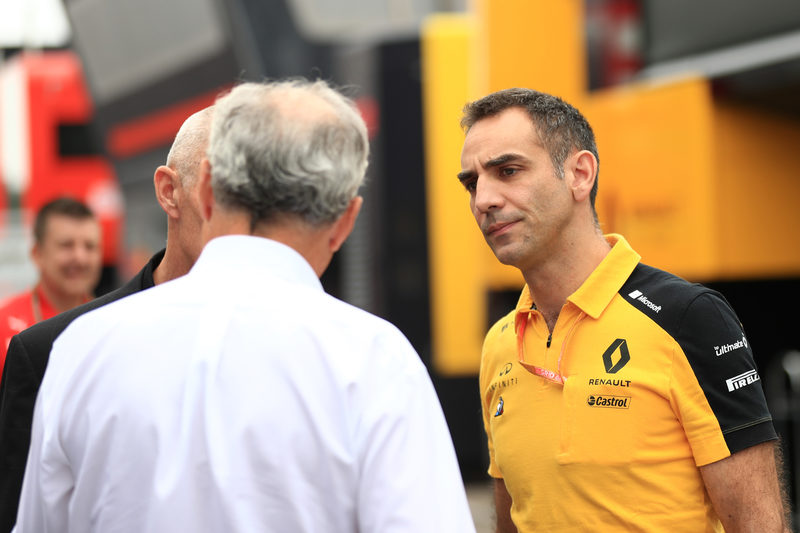
2016: Magnussen out, Hulkenberg in
Before Renault’s F1 return even turned a wheel, Enstone found itself in the midst of driver market melodrama. The team’s 2016 line-up – Jolyon Palmer and Pastor Maldonado – had been nominated by the Lotus F1 Team before it was acquired by Renault. However, the Nissan-Renault CEO Carlos Ghosn quickly cast doubt on whether the pair would be retained, claiming that the final line-up would only be revealed at the team’s launch in Paris. Ultimately, Maldonado would fail to produce his contractually mandated PDVSA funds, resulting in a last-minute dash to secure McLaren outcast, Kevin Magnussen.
Magnussen would go on to produce the team’s best result of the season with a fine drive in Sochi to secure seventh – although points were seldom on offer at the wheel of a gently reheated version of Lotus’s E23. Around mid-season team management started making an astonishing number of very public overtures to prospective drivers. Among these options were both Force India drivers, Sergio Perez and Nico Hulkenberg, Toro Rosso driver Carlos Sainz Jr., Mercedes protégé and Renault reserve driver Esteban Ocon, McLaren hopeful Stoffel Vandoorne and Williams driver Valtteri Bottas. It’s difficult to think of another occasion where a team went about the task of recruiting a new driver in quite such a heavy-handed fashion.
For Magnussen, this proved a very alienating experience, joking that “I think at one point the Pope had an offer!” Renault successfully signed Hulkenberg and was content that Magnussen had performed well enough to retain his seat, although offered the Dane just a single year extension. For Magnussen, this would prove the final straw. Speaking ahead of the Brazilian Grand Prix, he remarked, “I had an offer, but not a good enough offer that I could take it. It was more the failing of commitment from Renault’s side. If they had committed to a longer contract, I would probably have looked at that much more seriously. [There was] the feeling of them not really committing, taking so long and offering the drive to many drivers. It was a bit messy, so it’s better for me to leave.“
Magnussen would seal a move to Haas, whilst Renault were forced to retain Jolyon Palmer for 2017, having spent much of the season going to embarrassingly crass lengths trying to replace him.

2017: Palmer out, Sainz in
Having originally been signed by the old Lotus outfit, Jolyon Palmer’s two seasons in F1 was something that Renault never fully took ownership of. Among the many ironies of Palmer’s short F1 career is the fact that he started to outperform team-mate Magnussen whilst the team was making its soon-to-be rejected offer to the Dane. He scored his only point of the season with a superb drive in Malaysia and beat Magnussen in Mexico despite starting from the pitlane.
That said, Palmer’s error-strewn start to the 2017 season did not endear him to Cyril Abiteboul. At the wheel of a car that was now consistently able to fight for points alongside a formidable performer in Nico Hulkenberg, the comparison was unflattering, to say the least. Hulkenberg was on top form in 2017, producing a steady stream of truly outstanding qualifying laps. However, that didn’t excuse the fact that Palmer would rack-up an average qualifying deficit of more than eight tenths to the German. A composed if beleaguered Palmer would also bear the brunt of the team’s persistent unreliability in 2017.
Renault was certainly not wrong to replace Palmer – the Brit simply had not proven that he had the pace to consistently score points in F1. However, rampant talk of an in-season switch with Sainz didn’t need to start as early as July. To Palmer’s credit, he produced the best drive of his F1 career – a superb sixth place in mixed conditions in Singapore – just as the rumour-mill reached a crescendo. Ultimately, it was Palmer who pulled the plug, unilaterally announcing his F1 exit on the morning of the Japanese Grand Prix after learning that he formally lost his seat via social media. In direct contrast with the graceless manner in which Renault handled his exit, Palmer should be applauded for his gentlemanly pragmatism throughout what must have been an unpleasant experience.
2018: Sainz out, Ricciardo in
Sainz made an instantly positive impression at Renault, scoring an impressive eighth-place on debut at the 2017 United States Grand Prix. Going into the winter, confidence in the team was high having secured a pair of highly-rated drivers and produced a decent improvement on-track in 2017. Whilst 2018 saw Renault achieve its goal of finishing fourth in the constructors’ championship, there was perhaps an arguably more one-sided dynamic between the drivers than initially expected. Whilst Sainz would often prove a match for Hulkenberg in race trim, he struggled to match the German’s notorious single-lap pace, taking the Saturday plaudits on just four occasions all year.
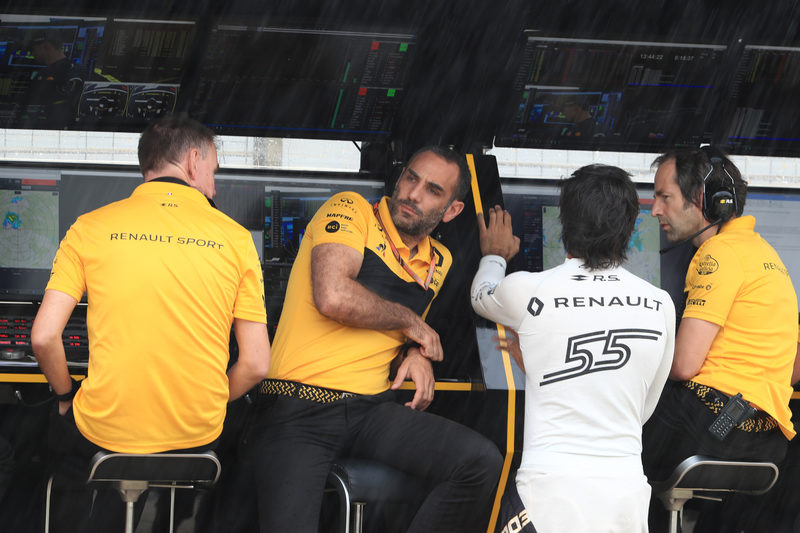
That said, Sainz also scored Renault’s joint-highest finish with fifth in Baku – a race that saw Hulkenberg crash out in the early stages. The Spaniard would also produce a superb showing at Paul Ricard – running as high as third before falling back to eighth with an engine issue. Certainly, there weren’t any of the dynamite performances he would produce with McLaren a year later, but Sainz was no slouch in 2018. Indeed, he was arguably the fractionally faster Renault driver in the latter part of the season.
And yet, even before Ricciardo’s bolt from the blue deal was announced, Sainz had effectively already lost his seat. Before Ricciardo became available, Renault was on the cusp of announcing Esteban Ocon for 2019. The young Frenchman was certainly held in high esteem at Enstone having been a member of Eric Boullier’s Gravity Management programme and having served as a reserve driver for Renault in 2016. And yet, having gone to such lengths to recruit Sainz, it was quite remarkable that Renault was unwilling to prolong their evaluation beyond mid-season. Perhaps there was some measure of paranoia about the threadbare strand of elastic still connecting him to the Red Bull Junior Team.
Purely on performance grounds, there was no real need to replace Sainz. Instead, Ricciardo was a prestige signing whose availability was too difficult for the Renault management to resist. Whether it was an entirely rational move is up for debate. Having secured fourth in the constructors’ in 2018, did Renault need a stronger line-up? Did Renault need to spend more than £50 million on a lucrative two-year deal for its new star signing? Would that money have been better spent on car development? Looking at Sainz’s superb season with McLaren in 2019, did Renault fail to spot the young Spaniard’s potential?
As hypothetical as all these questions are, they are essential in assessing Renault’s fundamental strategic choices.
2019: Hulkenberg out, Ocon in
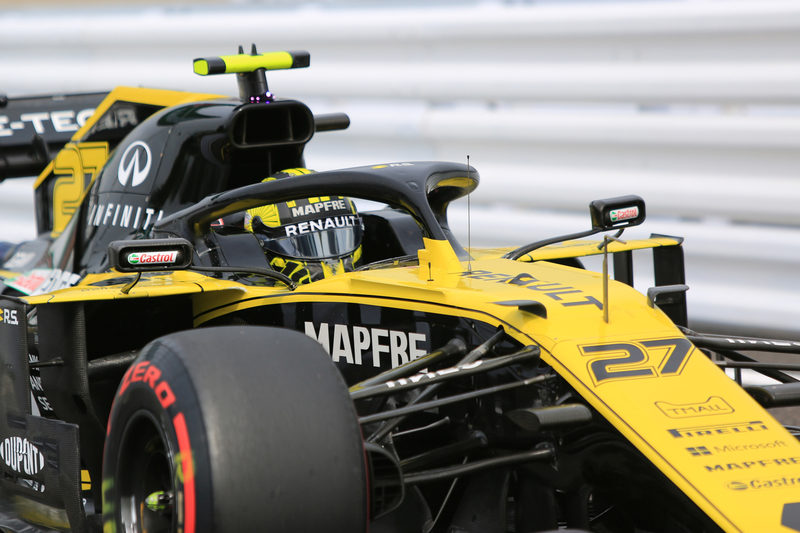
2019 was always going to be a sink or swim season for Nico Hulkenberg. Measured directly against one of the grid’s top performers, the German was totally exposed to scrutiny. That said, it perhaps didn’t help that Abiteboul called it a “make or break season” for Hulkenberg during the February car launch. For a driver who had finished best of the rest in the standings in 2018 and who had captained Renault’s rise through the midfield ranks, this remark was jarring at best. Unfortunately, Abiteboul has an established history of ill-considered and unnecessarily belligerent remarks.
Hulkenberg was simply below-par in 2019 and struggled to get a handle on a car with a much narrower balance window than its predecessor. Compared with Ricciardo, his hairline qualifying deficit was respectable, however, he had no answer for the impressive Aussie in race trim. In a season that was conspicuous for a lack of any standout performances, Hulkenberg’s crash from possible podium contention in Hockenheim was more symbolic than anything else. Certainly, it appeared to weigh heavily on the mind of Abiteboul as decisions were made over the summer break.
Esteban Ocon was certainly a very fine signing. The young Frenchman is nine years younger and arguably did a better job than Hulkenberg at Force India alongside a well-respected performer in Sergio Perez. Ocon’s signing also redressed the great injustice of the 2019 driver market, having been nudged off the grid entirely by the domino-effect created by Ricciardo’s shock move. When the 2020 season finally does begin, it would be no surprise to see Ocon compare favourably to Ricciardo from the outset.
And yet, the underlying question that dogs Renault’s entire approach to the driver market remains: is the supposed uptake in performance from a new driver negated by a lack of developmental continuity? In the case of Hulkenberg, who had been with the team for three years, this question is especially prescient.
2020: Ricciardo out, Alonso in?
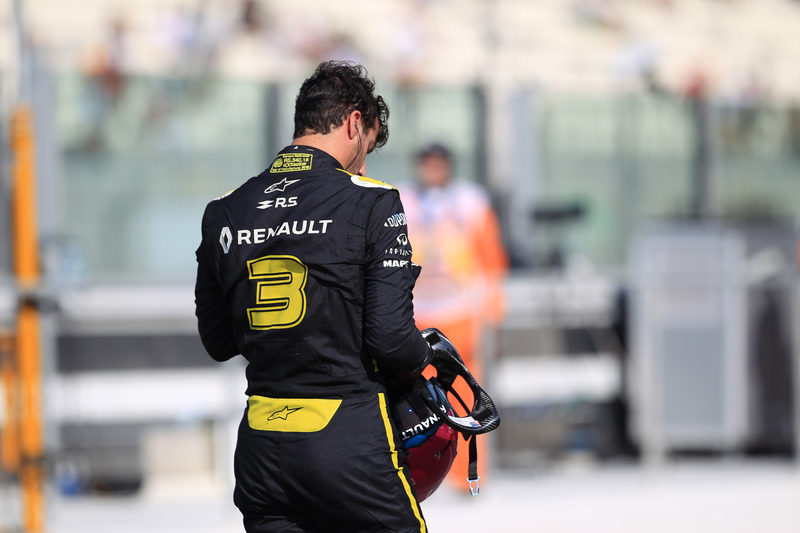
Before a competitive wheel has even turned in 2020, Renault finds itself in the middle of yet another driver market meltdown, albeit of a slightly different flavour. Instead of Enstone performing its traditional annual driver dismissal, star signing Daniel Ricciardo chose not to renew his contract, announcing a move to McLaren for 2021. Having yet to even race the RS20, some small measure of frustration at Ricciardo’s decision was certainly justified. However, Abiteboul’s “unity and commitment” barb was totally classless. Remarks like that, plus the Aussie’s apparent eagerness to break with Enstone at the earliest available opportunity is perhaps a self-evident verdict on Ricciardo’s stint with Renault.
This was always the danger in signing a top-line driver like Ricciardo; drivers of his quality will always be subject to competing offers putting the onus on the team to produce a package competitive enough to satisfy his abilities. Much as Fernando Alonso was too much of a hot potato for a fledgeling Honda engine and a struggling McLaren, Renault came under vastly greater scrutiny in 2019 – duly falling from fourth to fifth in the constructors’ championship. Ricciardo’s move to Renault was a mutually flawed idea at best, and one Abiteboul should reflect on before making any decisions about next year. For 2021, a promising young driver – perhaps from the hitherto ignored Renault Sport Academy – would make a great deal of sense.
And yet, the temptation to sign Fernando Alonso will almost certainly prove irresistible. For a Renault board that needs to quickly shrug off the embarrassment of losing Ricciardo, a chance to bask in championship nostalgia would serve as a handy quick fix. The added weight of scrutiny plus the inevitable financial burden involved in signing a double world champion doesn’t look likely to deter Renault going by past form. It also begs the question why Renault created the Renault Sport Academy given their apparent phobia of young drivers. For Alonso, a comeback tour in a midfield car looks unlikely to satisfy his ambitions. For Renault, a failure to learn from past mistakes looks set to further jeopardise the future of its increasingly beleaguered comeback.
